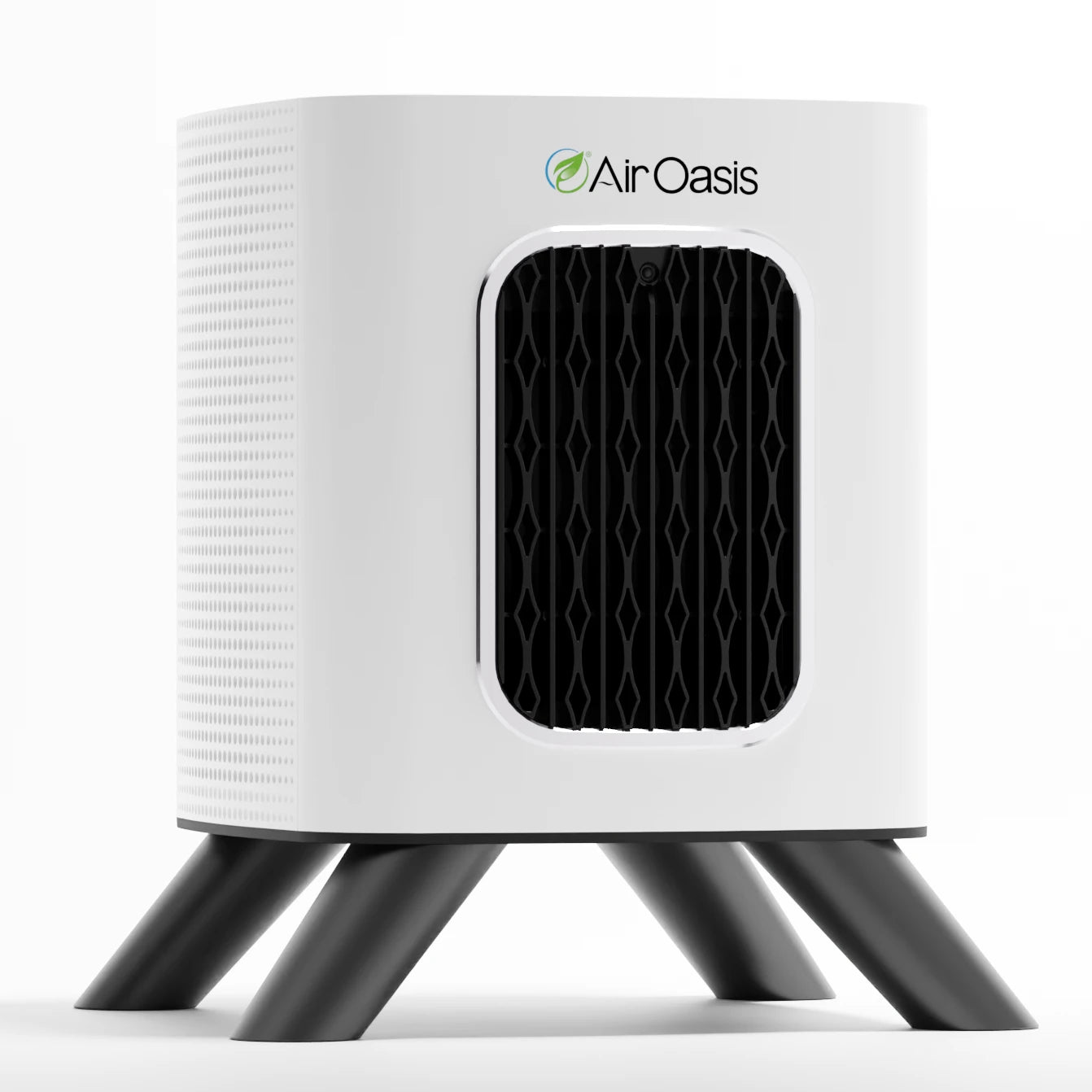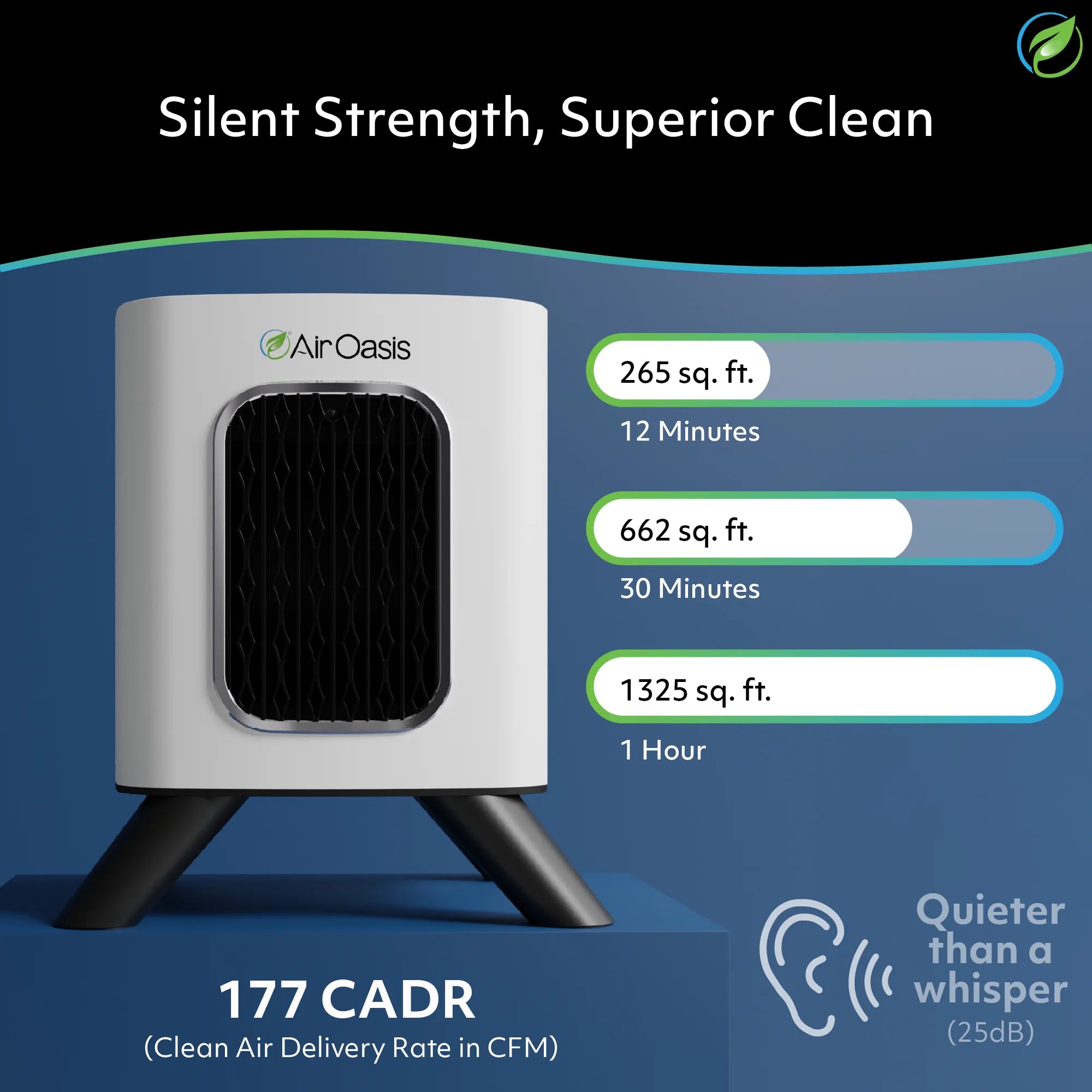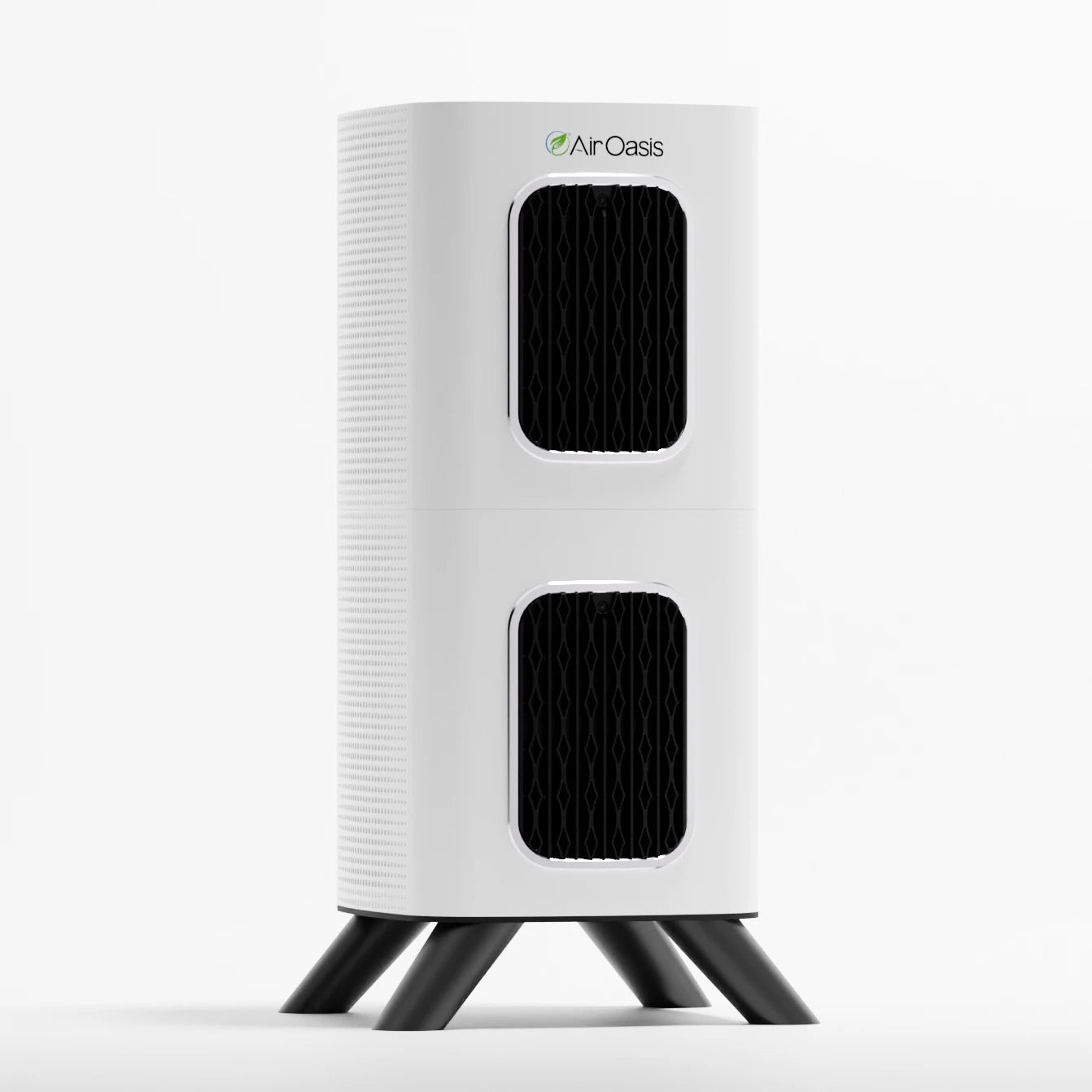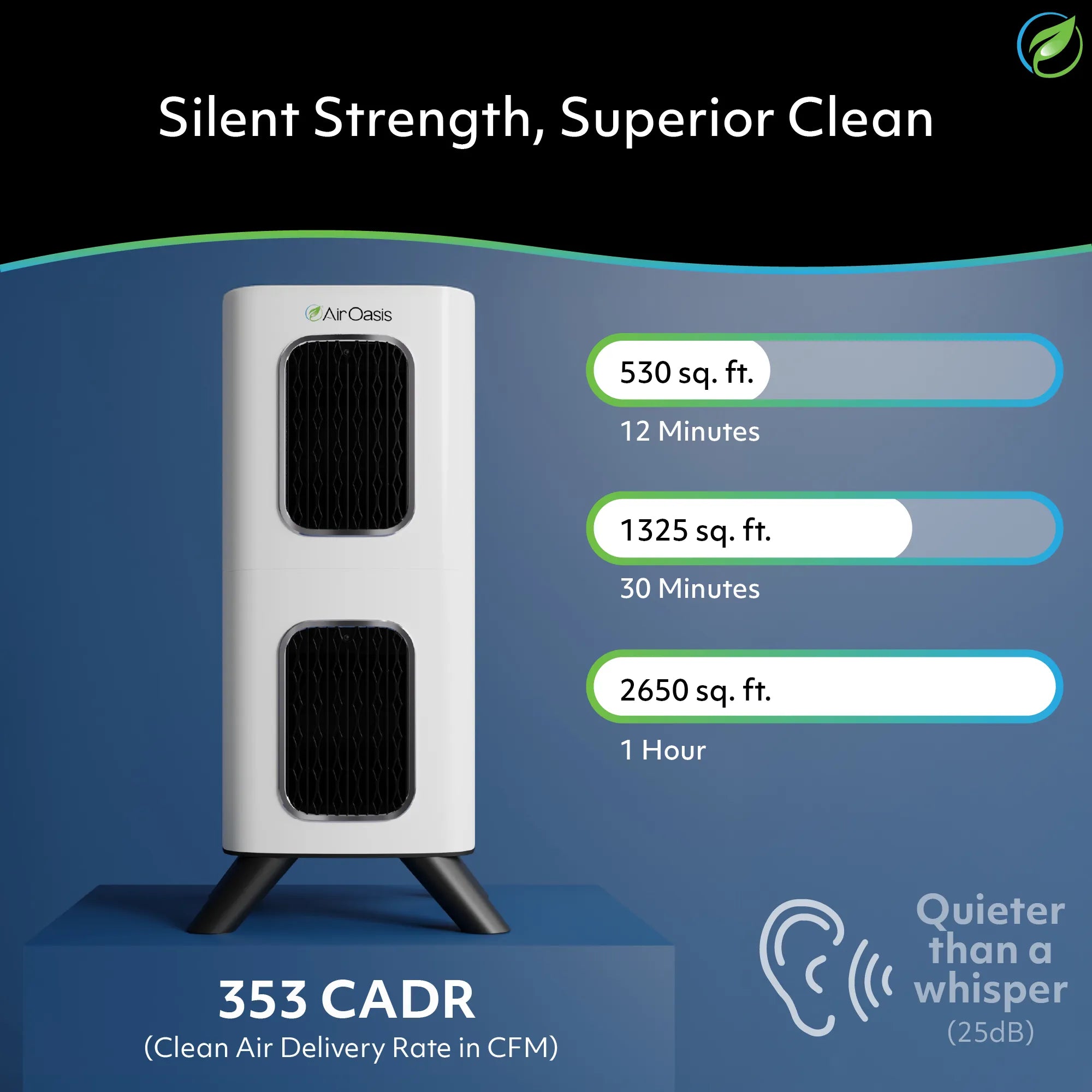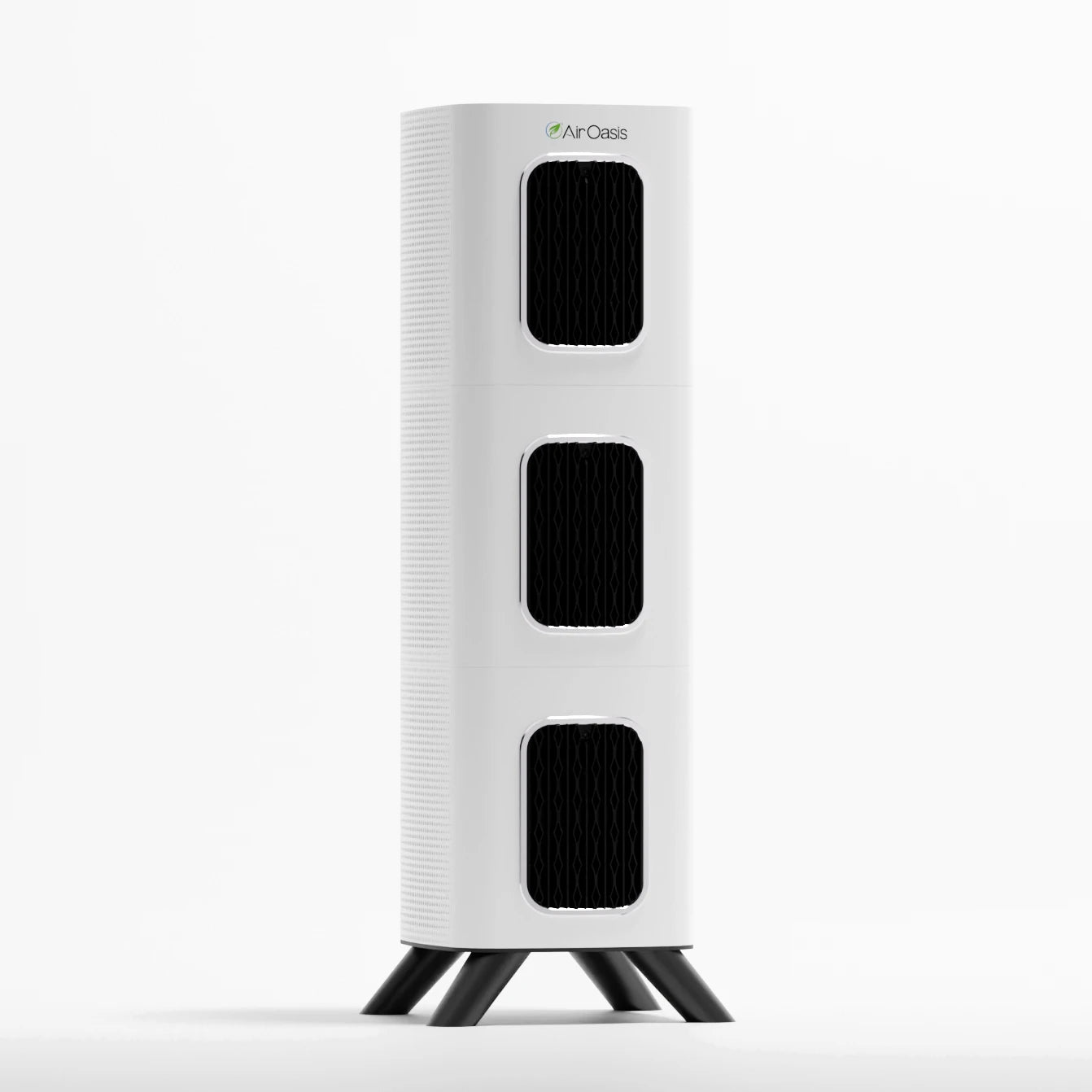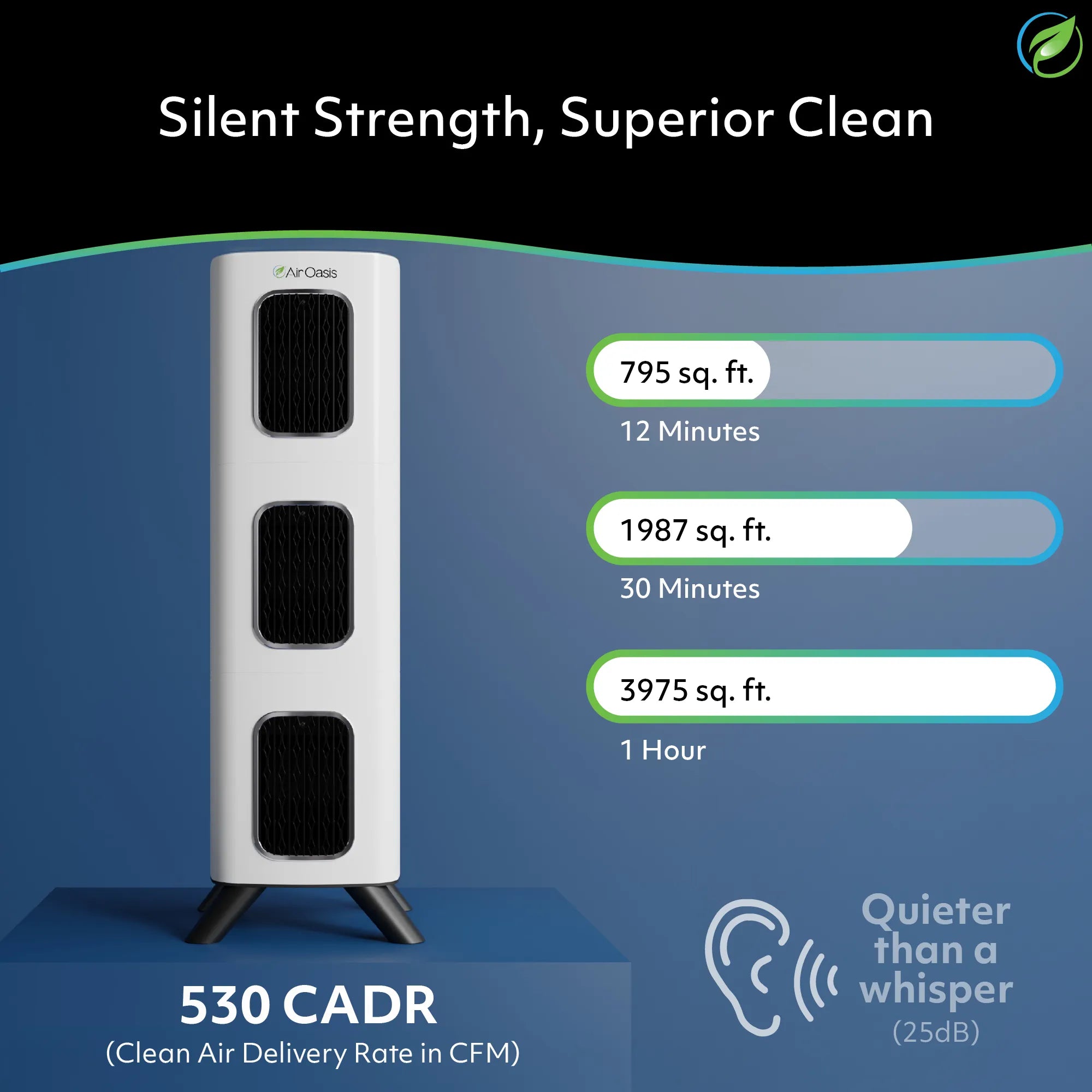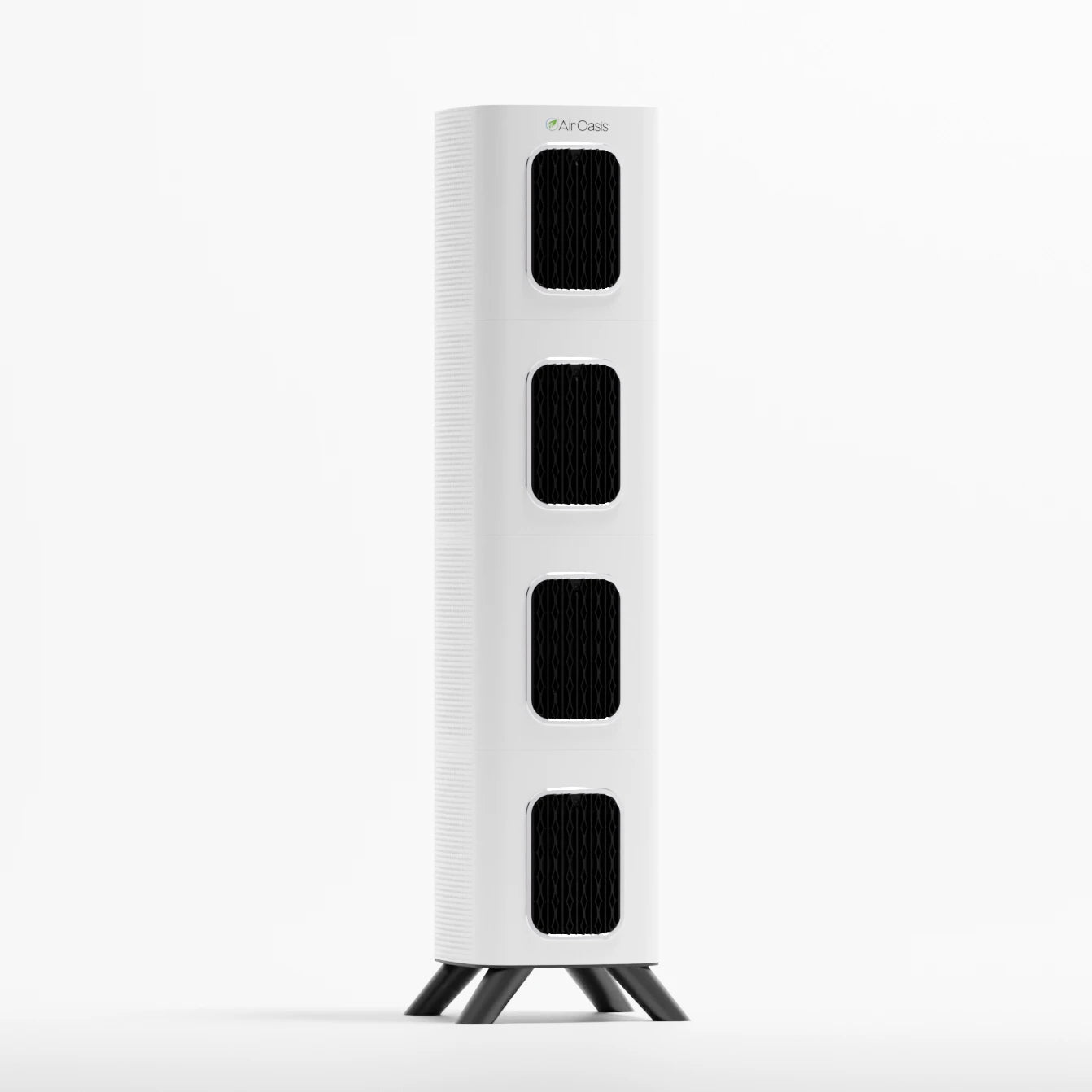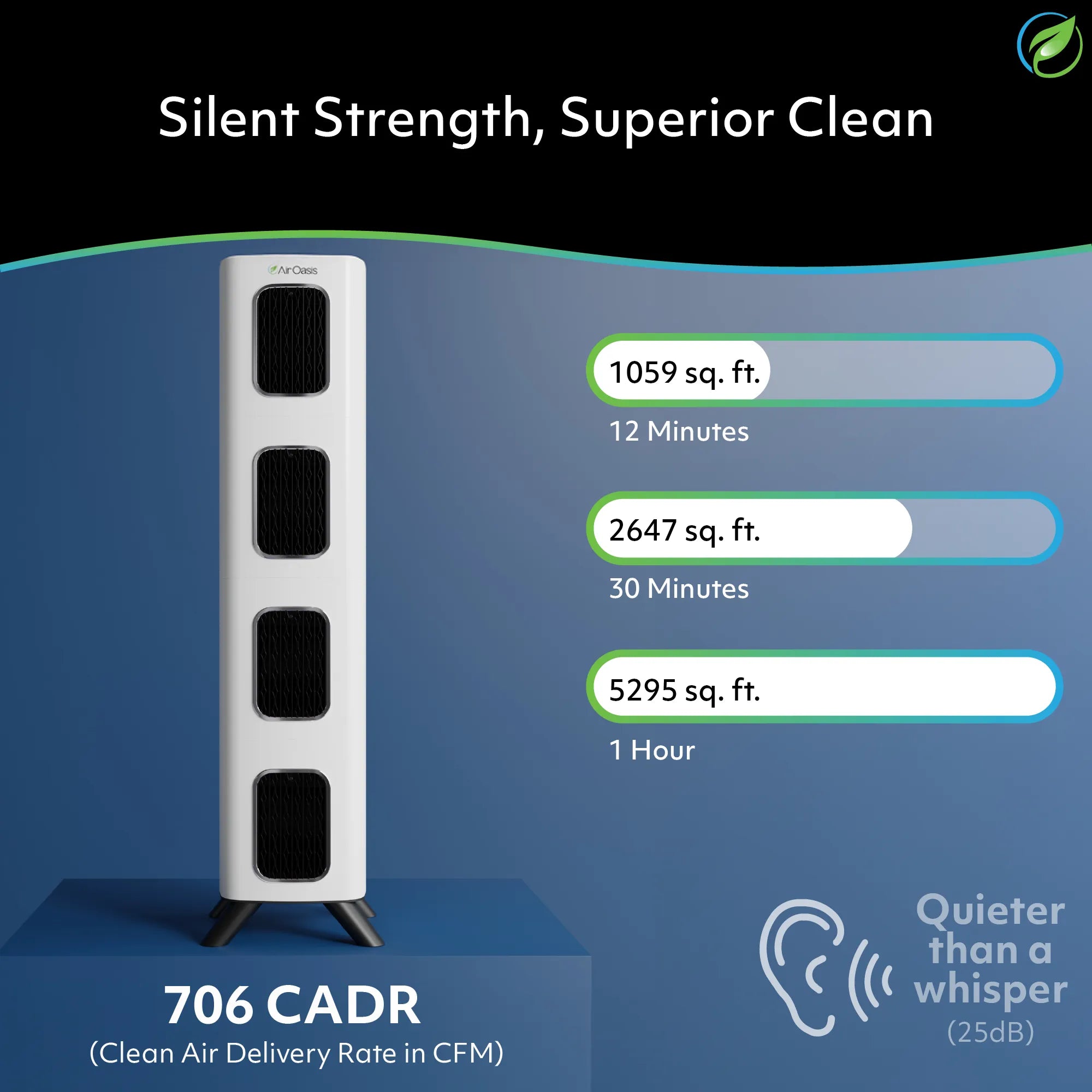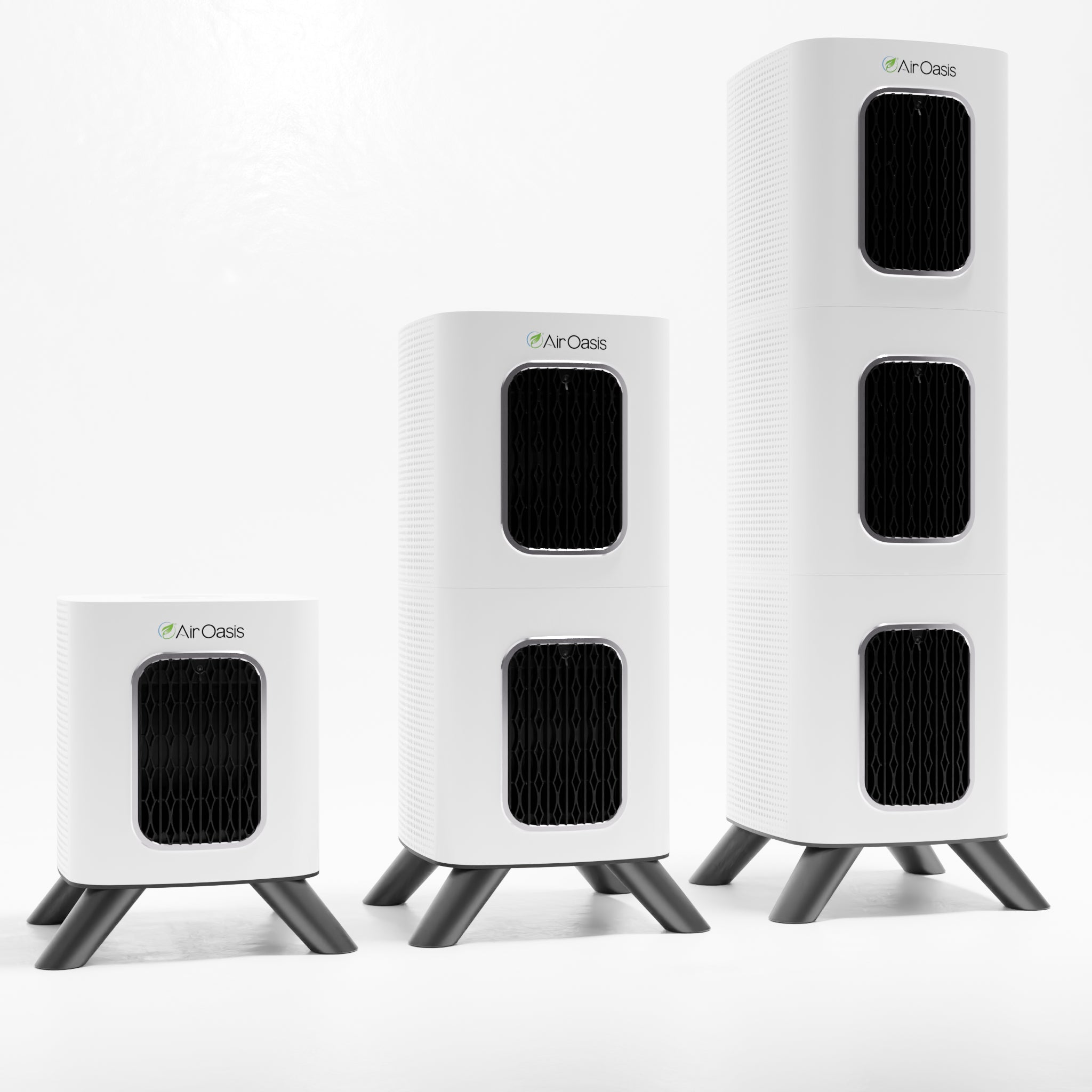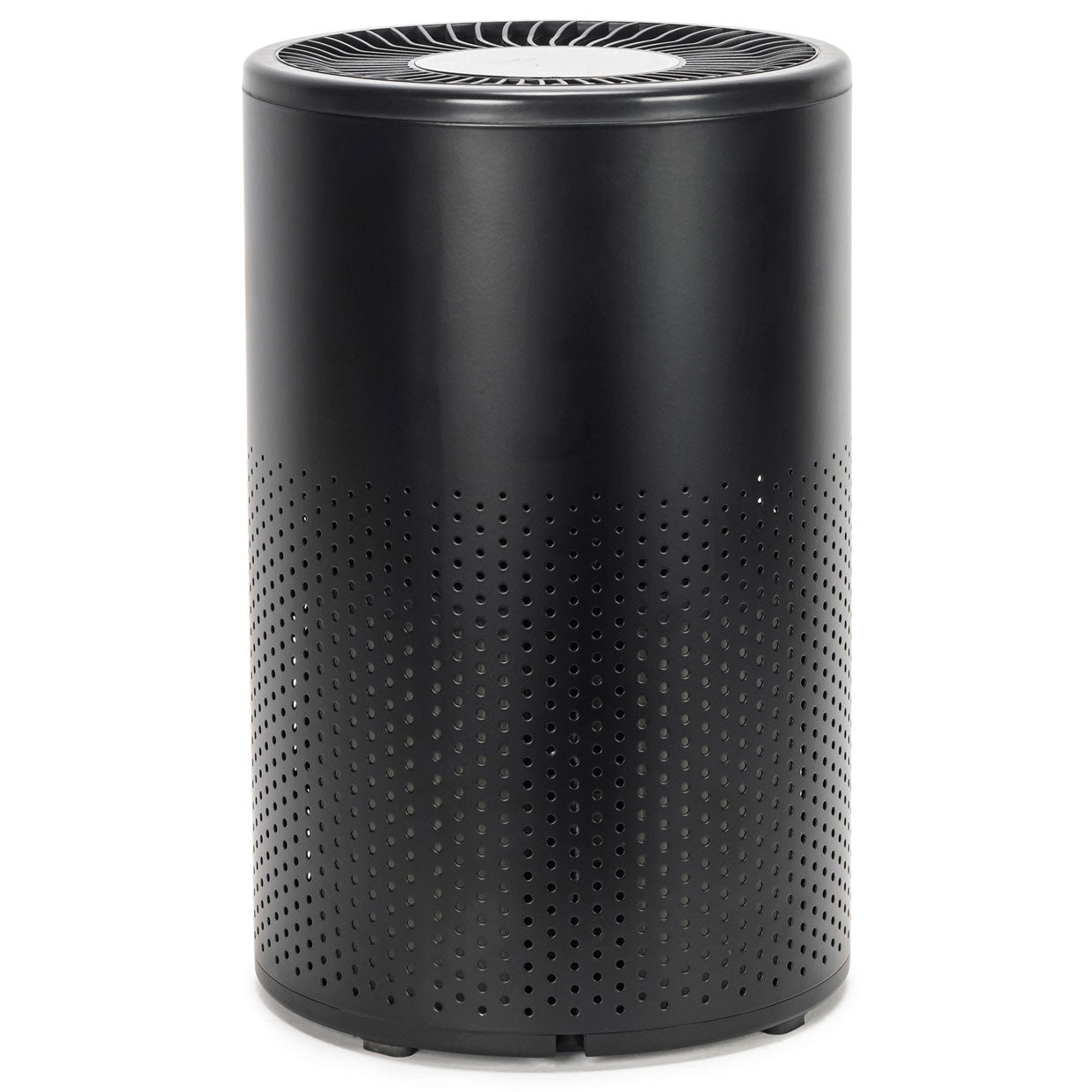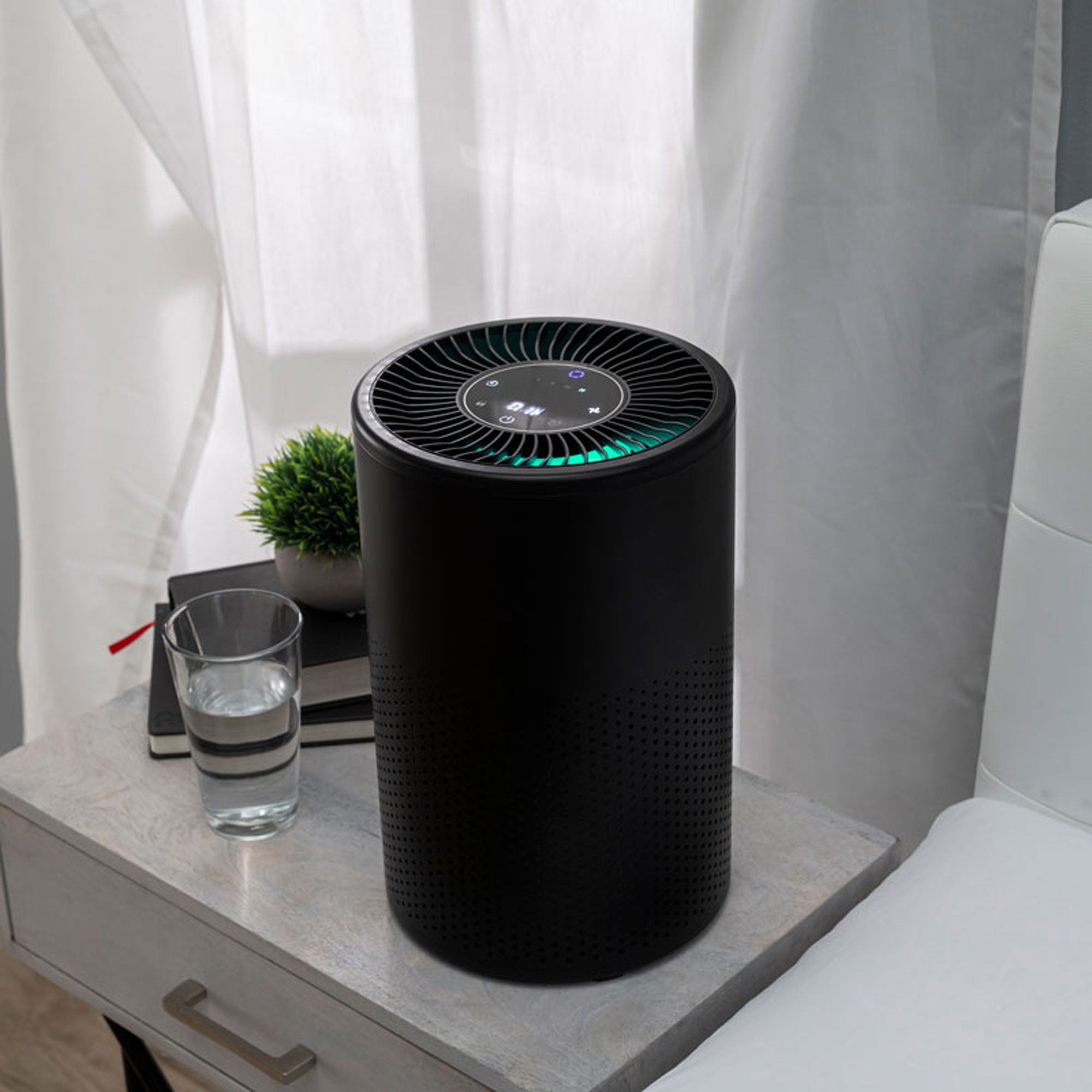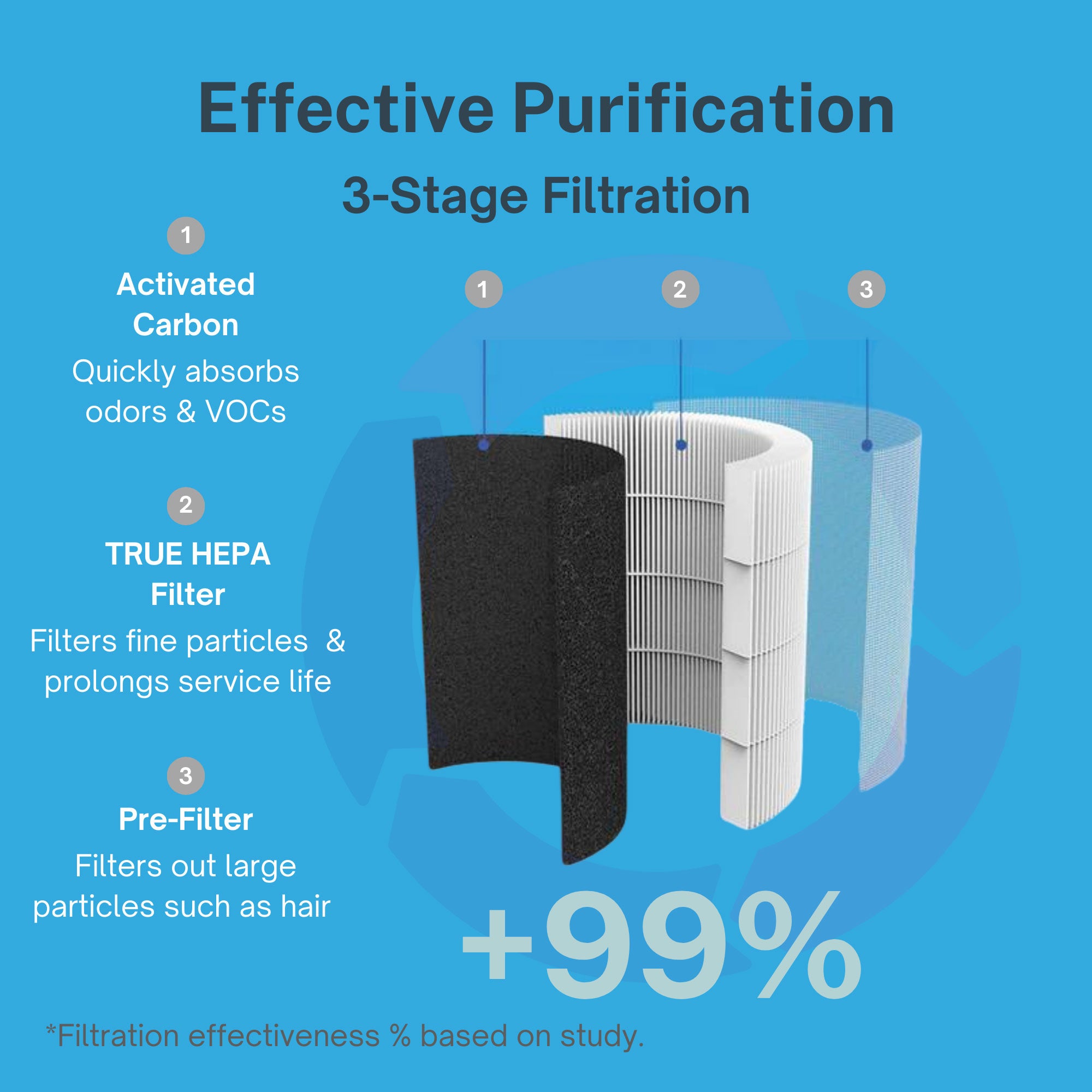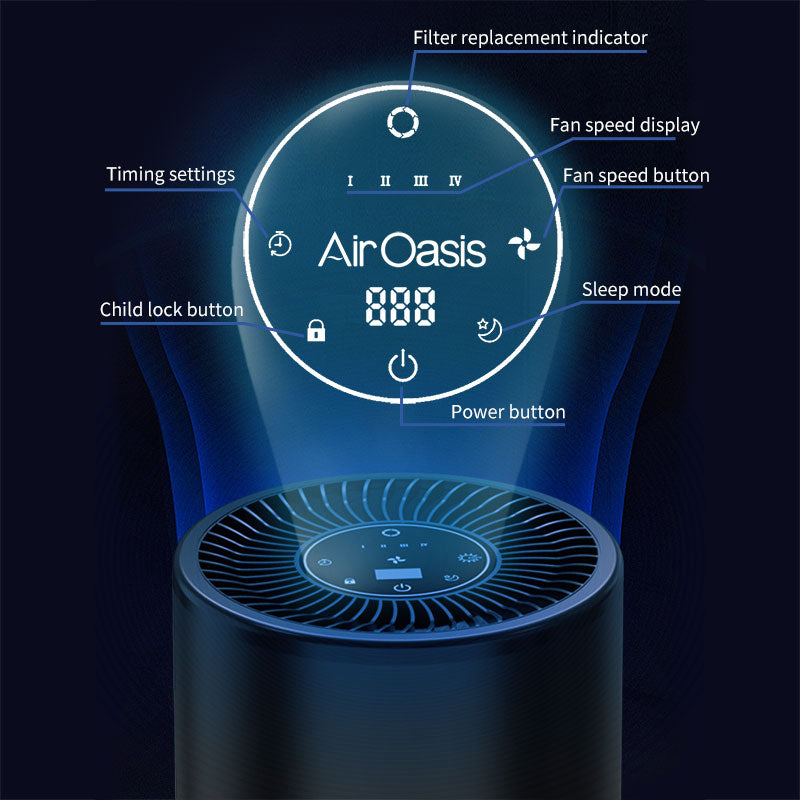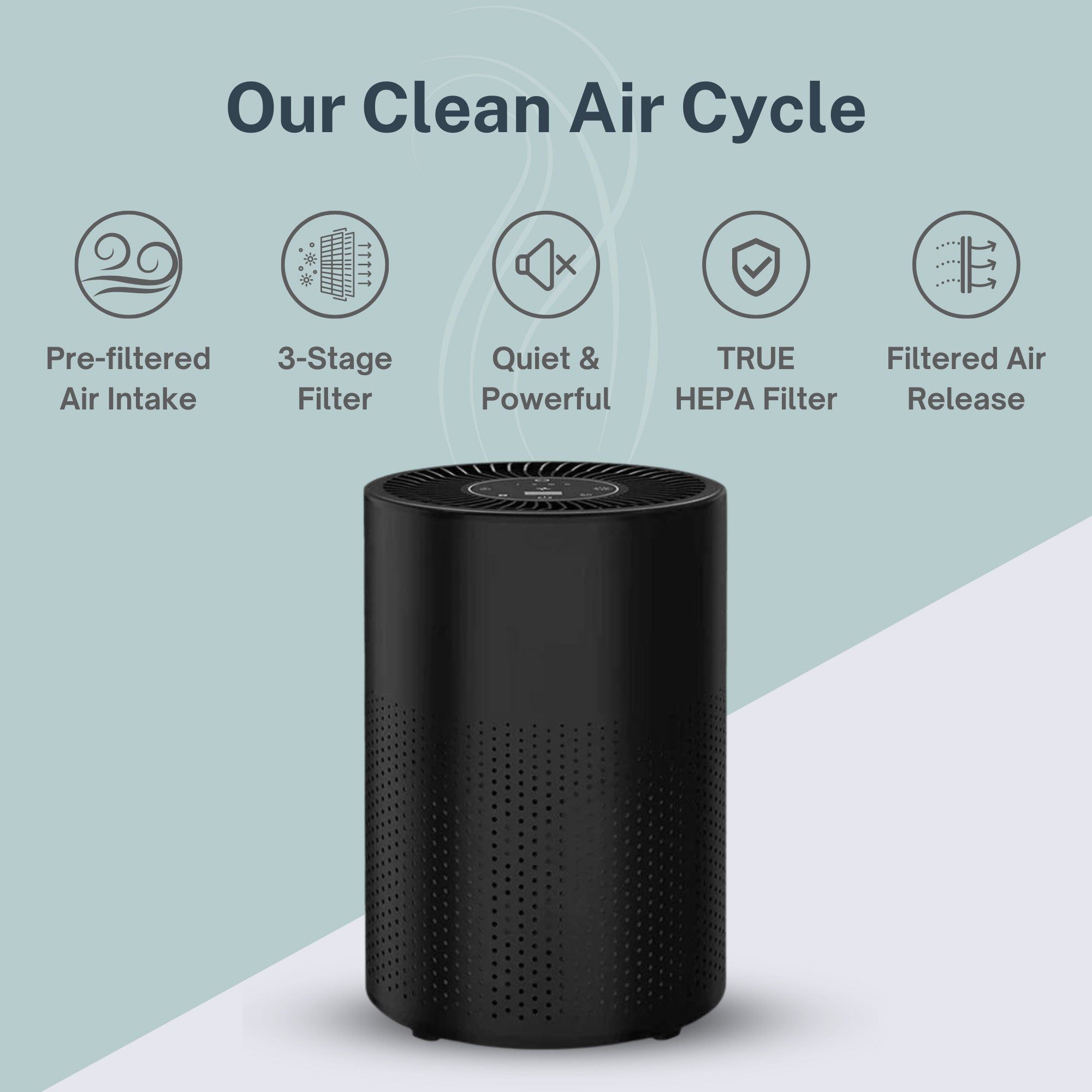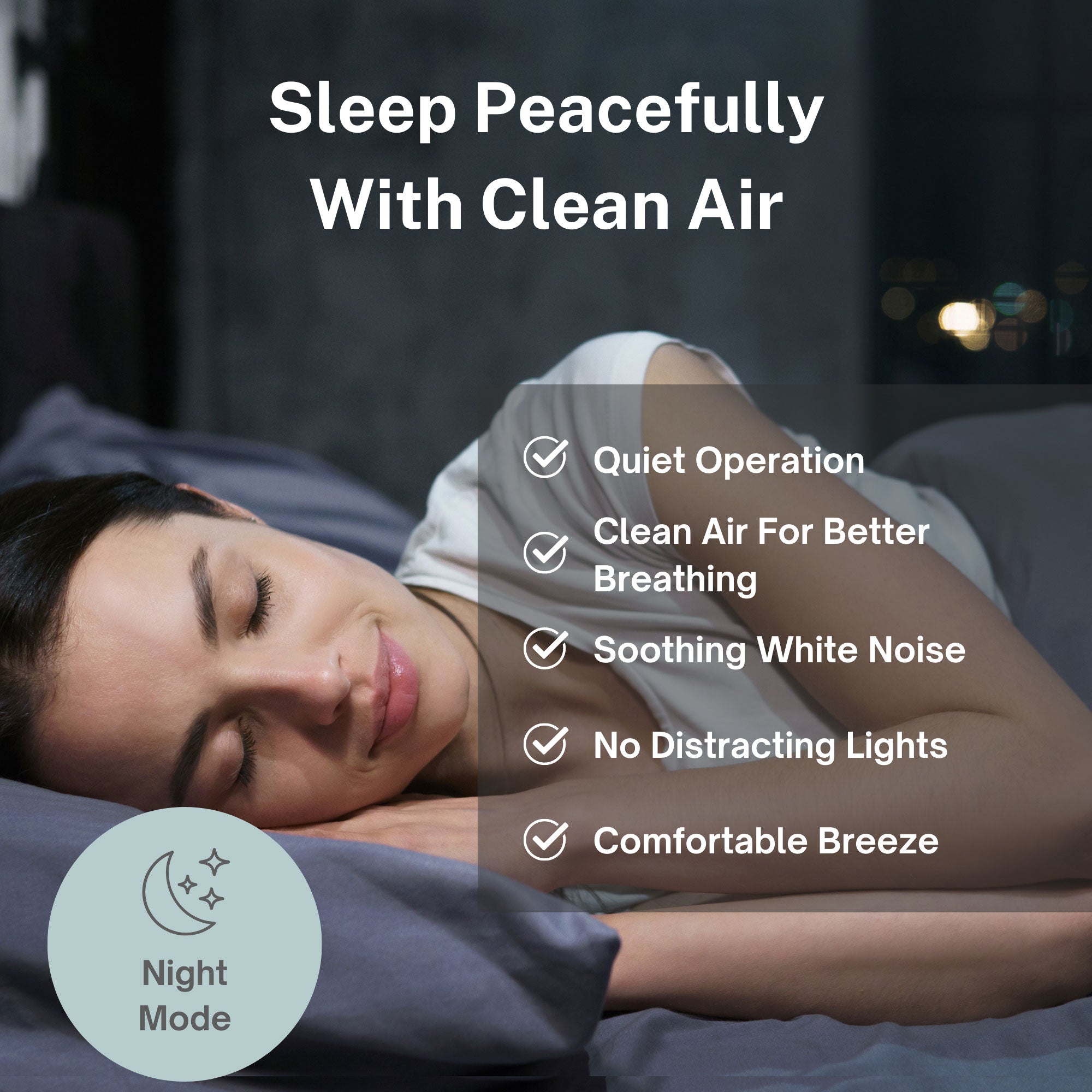Smoke from over 90 uncontrolled Canadian wildfires blanketed the U.S. Midwest and Great Plains in June 2025, prompting air quality alerts across multiple states as hazardous conditions reached as far south as the Georgia-Florida border. The massive smoke plumes, driven by high-altitude winds from active fires in Manitoba that forced 17,000 evacuations, created "very unhealthy" air quality conditions in parts of North Dakota while triggering statewide alerts in Minnesota through Monday evening.
The widespread smoke event demonstrated how wildfire pollution can travel hundreds or thousands of miles, affecting millions of Americans far from the actual fire zones. Residents across the affected region reported campfire smells, hazy skies, and colorful sunrises and sunsets as fine particulate matter from the Canadian fires infiltrated communities throughout the central United States.
Dangerous Air Quality Levels Impact Vulnerable Populations
Minnesota issued a statewide air quality alert lasting through Monday evening, with northern counties experiencing "unhealthy" conditions on the EPA's Air Quality Index that pose risks even for healthy individuals. These conditions can cause itchy eyes, runny noses, coughing, and shortness of breath for anyone spending time outdoors, while creating serious health threats for sensitive groups.
Wisconsin's Department of Natural Resources warned that northwestern counties would experience heavy smoke Sunday evening, potentially migrating across the entire state by Monday. Many Wisconsin areas faced air quality considered "unhealthy for sensitive groups," with a concentrated pocket of even worse conditions in the northwest region.
North Dakota experienced the most severe impacts, with parts of the state reaching "very unhealthy" air quality thresholds where all exposed individuals face increased health risks. State officials urged residents, particularly those with respiratory conditions, to limit outdoor activities in smoky areas and take protective measures including closing windows, running indoor air filters, and wearing N95 masks outdoors.
South Dakota also issued air quality alerts for affected areas lasting through Sunday or until conditions improved. The widespread nature of the alerts demonstrated how a single major wildfire event can simultaneously impact air quality across multiple states and millions of residents.
Fine Particulate Matter Poses Serious Health Risks
The Canadian wildfire smoke contains extremely high concentrations of fine particulate matter—microscopic particles that penetrate deep into the lungs and enter the bloodstream. A 2024 study of similar smoke exposure in New York and New Jersey found that residents inhaled dangerous levels of these particles during the 2023 Canadian wildfire events that turned northeastern skies orange.
Short-term exposure to fine particulate matter increases risks of cardiac arrest, asthma attacks, and stroke, while long-term exposure contributes to heart disease, lung cancer, and chronic kidney disease development. Pregnant women, newborns, older adults, and individuals with existing respiratory or cardiovascular conditions face the highest risks during wildfire smoke events.
The health impacts extend beyond immediate respiratory symptoms to systemic effects throughout the body. Fine particles from wildfire smoke can trigger inflammation, compromise immune function, and exacerbate existing chronic conditions even in individuals who consider themselves healthy.
Healthcare systems in affected areas typically see increased emergency room visits during major smoke events, with particular spikes in asthma-related admissions and cardiovascular emergencies. The widespread nature of the June 2025 smoke event created simultaneous healthcare pressures across multiple states.
Climate Change Intensifies Wildfire Smoke Threats
Wildfires are becoming more frequent and intense due to climate change, creating recurring air quality threats for communities across North America. The June 2025 Canadian wildfire smoke event occurred simultaneously with severe storms across the South and East Coast and dangerous heat waves in the West, demonstrating how multiple climate-driven extreme weather events increasingly overlap.
The 2023 Canadian wildfires that created orange skies in New York City, Boston, Philadelphia, and Washington D.C. established a precedent for how northern fires can impact air quality across vast distances. The 2025 event showed this pattern continuing, with smoke traveling from Manitoba to Georgia and affecting air quality for millions of Americans.
Climate scientists predict more frequent and severe wildfire seasons will create recurring air quality emergencies that traditional outdoor air quality management cannot adequately address. Communities must prepare for extended periods of hazardous outdoor air quality that require comprehensive indoor air protection strategies.
The increasing frequency of these events makes proactive air quality management essential for protecting public health. Waiting for smoke events to develop leaves families vulnerable to serious health impacts that proper indoor air quality preparation could prevent.
Indoor Air Protection Becomes Essential During Smoke Events
Traditional advice during wildfire smoke events focuses on closing windows and limiting outdoor activities, but these measures provide inadequate protection when outdoor air quality reaches "very unhealthy" levels. Standard home ventilation systems and basic air filtration cannot remove the fine particulate matter that poses the greatest health risks during major smoke events.
This smoke event demonstrated how entire regions can experience hazardous air quality for extended periods, making comprehensive indoor air protection crucial for maintaining health during environmental emergencies.
Professional-grade air purification becomes especially important for vulnerable populations including pregnant women, young children, elderly residents, and individuals with respiratory or cardiovascular conditions. These groups face serious health risks even with brief exposure to wildfire smoke, making effective indoor air quality control essential for protecting their wellbeing.
N95 masks provide some protection for necessary outdoor activities, but comprehensive indoor air purification offers the most effective defense against fine particulate matter infiltration. Advanced air purification systems can maintain healthy indoor air quality throughout extended smoke events that may last several days or weeks.
Preparing for Future Wildfire Smoke Events
The recurring pattern of Canadian wildfire smoke affecting U.S. air quality requires proactive preparation rather than reactive responses to air quality alerts. Communities across the Midwest and Plains states should expect similar events in future wildfire seasons and invest in protective measures before emergencies develop.
Home preparation should include comprehensive air purification systems capable of removing fine particulate matter, sealed indoor spaces to prevent smoke infiltration, and emergency supplies for extended periods of poor outdoor air quality. Families cannot rely solely on temporary measures like closing windows when smoke events may persist for days or weeks.
Business and institutional preparedness becomes equally important for protecting employees, students, and vulnerable populations during major smoke events. Schools, healthcare facilities, and workplaces need advanced air quality management systems that maintain safe indoor environments regardless of outdoor conditions.
Air Oasis indoor air purification technology provides the comprehensive protection needed during wildfire smoke emergencies, removing fine particulates, volatile organic compounds, and other pollutants that infiltrate buildings during environmental disasters.
Take Action Before the Next Smoke Emergency
The June 2025 Canadian wildfire smoke event serves as a powerful reminder that air quality emergencies can develop rapidly and affect millions of people across vast geographic areas. While meteorologists can predict smoke movement patterns, families cannot control when or where the next major wildfire smoke event will occur.
Proactive investment in comprehensive indoor air quality protection provides the security needed when outdoor conditions become hazardous for extended periods. Don't wait for air quality alerts to threaten your family's health—learn from the Midwest smoke emergency and ensure your home offers the protection your family deserves.
The increasing frequency and intensity of wildfire smoke events make indoor air quality management an essential component of family emergency preparedness. Take control of your indoor air environment today and protect your family's health regardless of external environmental challenges. Shop Air Oasis today and create the safe indoor sanctuary that keeps your loved ones healthy during air quality emergencies.





